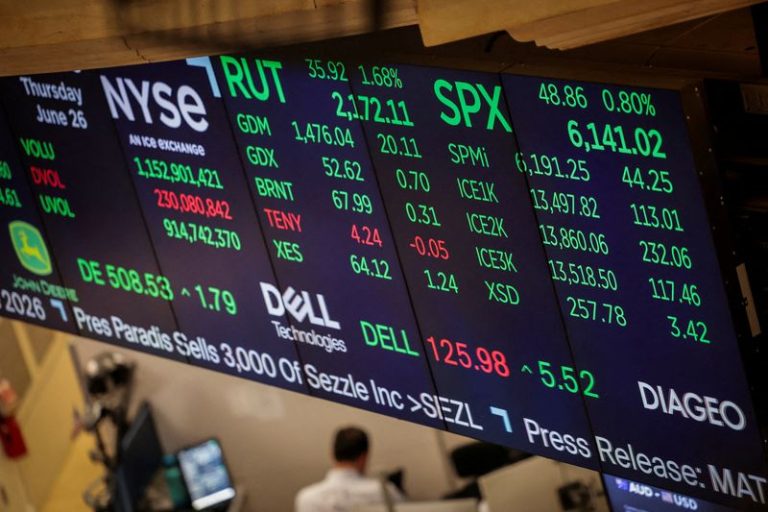The Department of Energy/Energy Information Administration average weekly retail diesel price declined 0.5 cents/gallon to $3.80/g, effective Monday and announced Tuesday. It follows a decline the week before of 0.7 cts/g.
Relative calm in the benchmark price comes as a new round of volatility–this one pointing down–is rearing its head in the market for ultra low sulfur diesel (ULSD) on the CME commodity exchange.
In the four trading days leading up to the ULSD settlement Monday, the price of ULSD fell to $2.3176/g, down almost 15 cts/g from the July 29 settle of $2.4638/g. On July 21, ULSD settled at more than $2.50/g.
But market news has been largely bearish since then. Oil, including crude and diesel, both fell hard Friday in sympathy with the large asset selloff that accompanied the news of the weakest monthly employment report in several months. Prices bounced back only slightly Monday with the rise in equity markets, and resumed their decline Tuesday. At approximately 11:05 a.m. EDT, ULSD was down just over 6 cts/g, a drop of 2.6%.
Over the weekend, eight members of the OPEC+ group announced an increase in their output of 547,000 barrels/day. That increase would bring the group, which consists of OPEC and several non-OPEC oil exporters nominally led by Russia, close to fully reversing the more than 2-million b/d in output cuts the group has had in effect since spring 2023.
The bearish view of the market was laid out Monday in a letter from Kaes Van’t Hof, CEO of Diamondback Energy, one of the largest operators in Texas’ Permian Basin.
In the letter to investors, Van’t Hof said the market could have been worse for an upstream company like Diamondback. “The likelihood of a massive oil supply glut combined with an oil demand shock seems to have dissipated (on the demand side),” he wrote.
But there is no basis for a recovery, he added. “The projected increase in global oil supply in the second half of this year is hard to ignore,” Van’t Hof wrote. “Although projections are often incorrect in this sector, particularly when consensus is uniformly bullish or bearish (in this case bearish), we still believe we are approaching a yellow light to pull from last quarter’s ‘stop light’ analogy.”
One small piece of good news for diesel consumers is that the raging strength of diesel relative to crude has slowed.
A straight comparison of the front-month price of ULSD to the price of Brent crude, the world’s benchmark, peaked July 21 at more than 86 cts/g. But that spread dropped to almost 64 cts/g by Friday. The average for the year is about 61 cts/g.








